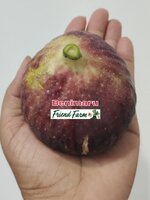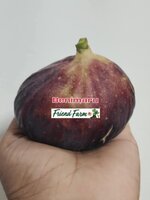doubleblue
Well-known member
Kurume Fig Series
In Japan, the Kurume fig series includes 04 officially recognized varieties as Kurume Kuromitsu, Kurume Kuroama, Kurume Basaro, and Kurume Honey Drop.
There are also 02 unofficial types like Kurume Koaka and Kurume Benimaru, possibly Smyrna or Caprifig type.
These unique cultivars were developed exclusively in Kurume City, Fukuoka Prefecture, through artificial pollination and selective breeding. Selected from 630 cross-bred seedlings, they stand out for their exceptional traits and quality.
From a Japanese friend who collects figs in Tokyo, I was lucky to acquire 04 official Kurume varieties: Kuromitsu, Kuroama, Basaro, and Honey Drop, and I’m currently grafting them onto a single rootstock.
Kuromitsu and Kuroama have even started fruiting, and I’ll leave a few fruits on to test their quality.
In Japan, the Kurume fig series includes 04 officially recognized varieties as Kurume Kuromitsu, Kurume Kuroama, Kurume Basaro, and Kurume Honey Drop.
There are also 02 unofficial types like Kurume Koaka and Kurume Benimaru, possibly Smyrna or Caprifig type.
These unique cultivars were developed exclusively in Kurume City, Fukuoka Prefecture, through artificial pollination and selective breeding. Selected from 630 cross-bred seedlings, they stand out for their exceptional traits and quality.
From a Japanese friend who collects figs in Tokyo, I was lucky to acquire 04 official Kurume varieties: Kuromitsu, Kuroama, Basaro, and Honey Drop, and I’m currently grafting them onto a single rootstock.
Kuromitsu and Kuroama have even started fruiting, and I’ll leave a few fruits on to test their quality.
Attachments
-
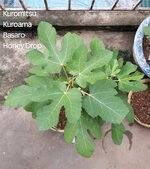 IMG_20250525_201242.jpg247.8 KB · Views: 13
IMG_20250525_201242.jpg247.8 KB · Views: 13 -
 IMG_20250525_201250.jpg163.4 KB · Views: 10
IMG_20250525_201250.jpg163.4 KB · Views: 10 -
 IMG_20250525_201254.jpg164.8 KB · Views: 9
IMG_20250525_201254.jpg164.8 KB · Views: 9 -
 IMG_20250525_201259.jpg160.4 KB · Views: 9
IMG_20250525_201259.jpg160.4 KB · Views: 9 -
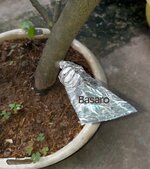 IMG_20250525_201304.jpg177.6 KB · Views: 8
IMG_20250525_201304.jpg177.6 KB · Views: 8 -
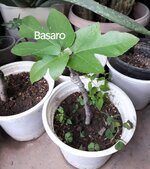 IMG_20250525_201310.jpg209.7 KB · Views: 9
IMG_20250525_201310.jpg209.7 KB · Views: 9 -
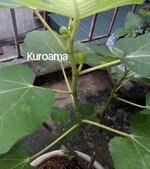 IMG_20250525_201321.jpg179.1 KB · Views: 9
IMG_20250525_201321.jpg179.1 KB · Views: 9 -
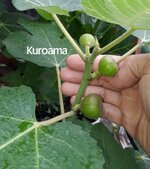 IMG_20250525_201325.jpg166.5 KB · Views: 7
IMG_20250525_201325.jpg166.5 KB · Views: 7 -
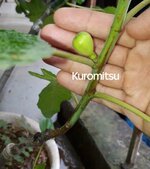 IMG_20250525_201328.jpg141.9 KB · Views: 12
IMG_20250525_201328.jpg141.9 KB · Views: 12



